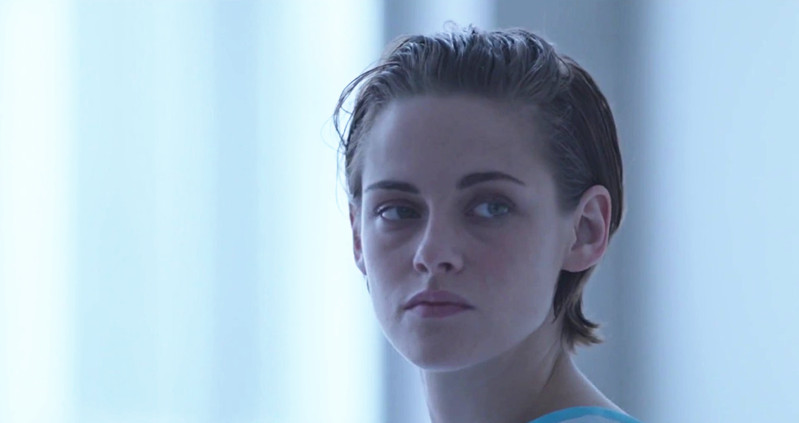
“Beauty is in the eye of the beholder” – this popular phrase says it all. Beauty cannot be explained or defined; it depends on who is watching. Therefore, it is quite difficult to verbalize exactly what makes particular movie beautiful. Is it the plot, the music, photography, or maybe specific scene in a movie?
Also, when it comes to deciding what exactly attracts viewers to watch a movie, criteria are different. For critics, it may be an artistic or even philosophical impact; whereas the public sometimes only wants to be entertained for a couple of hours.
Harmony may be the key for reaching aesthetics impact on viewers. Symmetry of all elements in the script and plot, added to harmony in portraying different characters, may lead to general beauty of the movie.
In the following list, you will read about beautiful movies that you probably have not seen. These movies have specific beauty in a visual and artistic way, but were kind of forgotten by viewers in recent years.
1. White Oleander
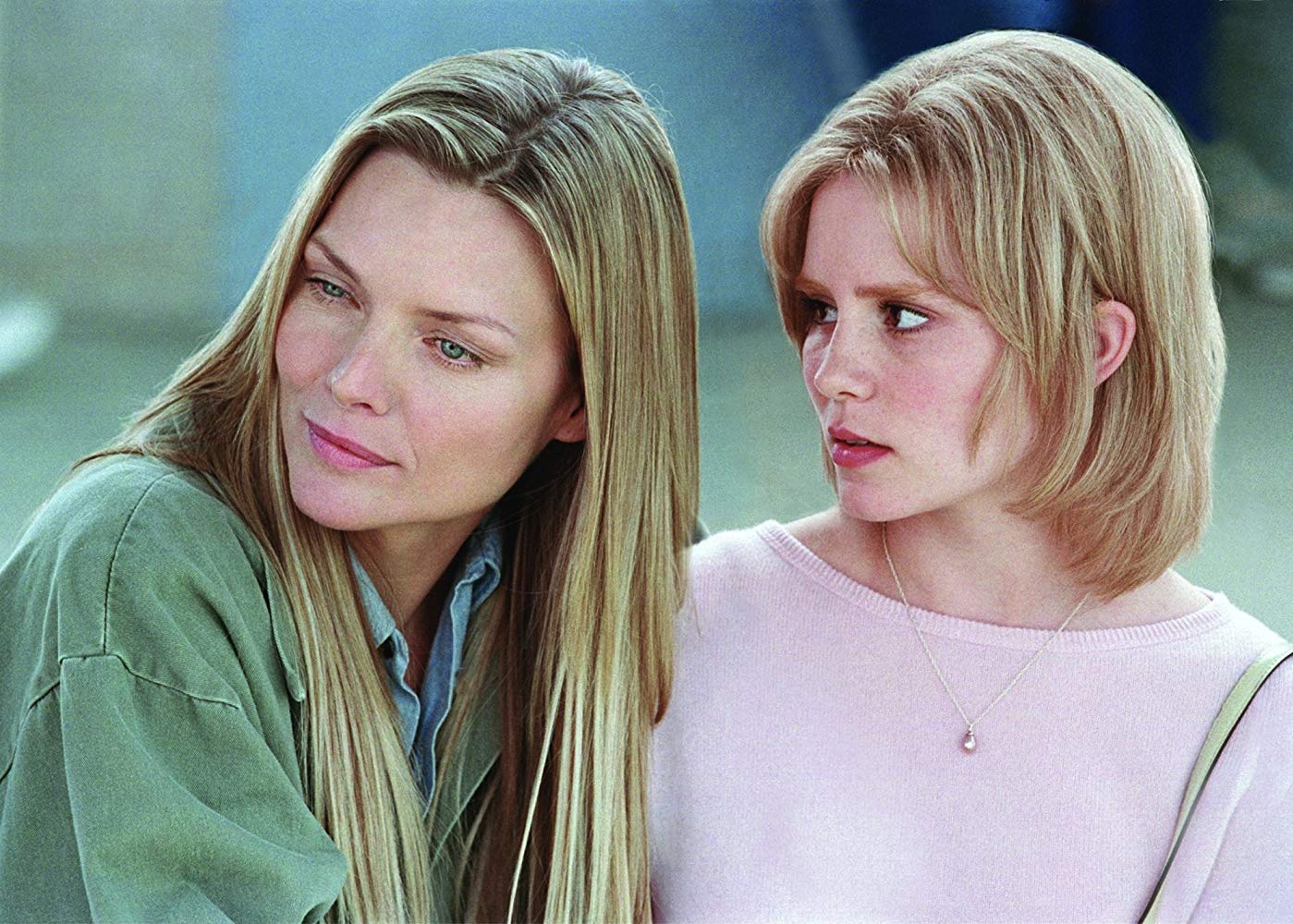
This movie is a true depiction of how a self-absorbed, narcissistic mother can affect future life of her daughter. Ingrid (Michelle Pfeiffer), a free but selfish artist, lives with her daughter Astrid (Alison Lohman) in Los Angeles. After finding out that her current partner is cheating on her, Ingrid poisons him with a substance made from white oleander, and ends up in prison for life. Astrid, alone but still under her mother’s control and influence, faces many challenges while she changes foster families and gets to know life as it is – messy and unpredictable.
Filmed in 2002, it received mostly positive reviews. Based on Janet Fitch’s 1999 novel of the same name, directed by Peter Kosminsky, it goes without saying that in this film, Pfeiffer gave one of the best performances of her career and proved her acting versatility.
The beauty of this film lies in its authenticity and raw representation of Astrid’s existential despair. Despair and anger, which are Astrid’s main emotions throughout the film, are represented by hand-held camera techniques. The camera destabilized movements in some moments to show the constant anxiety and fear that surround Astrid.
It is not common to see so many strong female characters who can be cruel, manipulative, capable, and destructive, but also kind, warm, and compassionate. It goes without saying that this movie is so refreshing because it unapologetically represents the bittersweet mother-daughter relationship, but also the awakening of female sexuality, which is not so common topic in male-oriented cinematography. Even though this movie may not be for everyone, it has undeniable artistic beauty.
2. The Best Offer
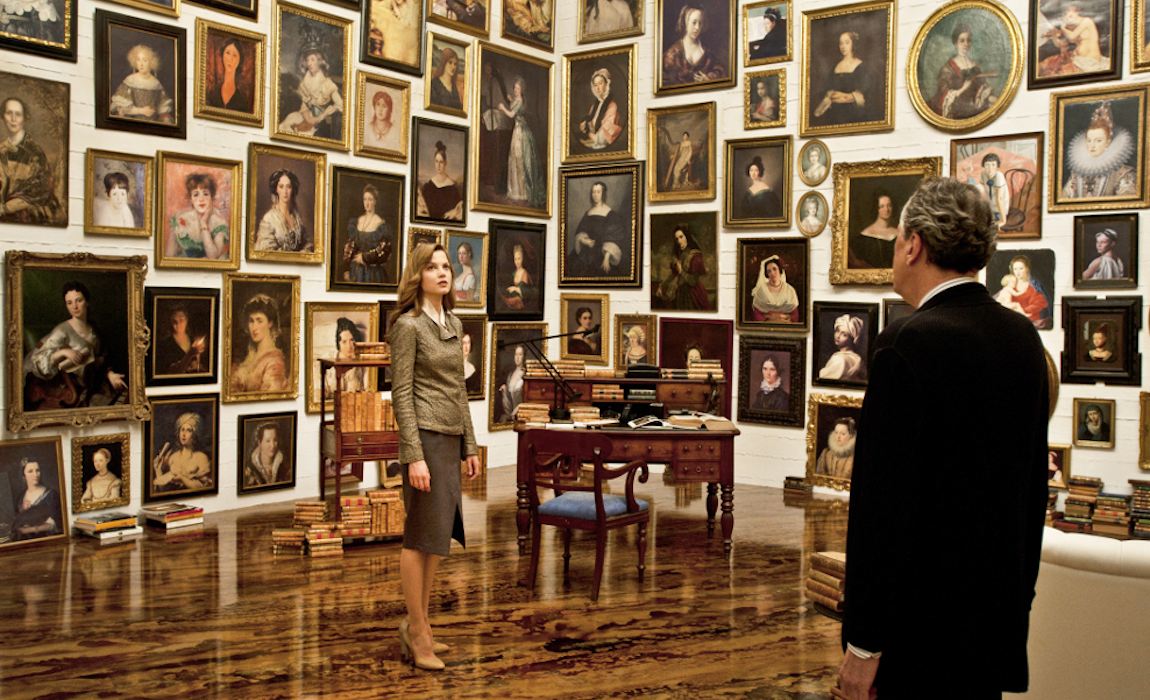
“The Best Offer” (“La migliore offerta”) is an Italian mystery drama from 2013, in English, directed by Guiseppe Tornatore. It has psychological thriller elements, alongside a mystery from the beginning to the very end. In the center of the story is Virgil Oldman (Geoffrey Rush), a director of an auction house. He has OCD, and is afraid of women in general; he does not look directly at them while speaking.
To compensate for this fear, he collects portraits of women and enjoys them on a daily basis. He is hired by a mysterious woman, Claire Ibbetson (Sylvia Hoeks) whose parents have recently died, to auction her property. He becomes fascinated by her, because she hasn’t left her room in years due to a serious case of agoraphobia and emotional trauma from her past.
The movie itself looks like a renaissance painting; every frame is carefully planned so you get a chance to dive deep into the world of antiques. The director paid special attention to details, like he paints a picture of himself. Not only does the beauty of the movie lie in general aesthetics, but also in Rush’s sophisticated acting. His method acting is on such a high level that you do not feel like he is acting. While watching, you think that he has lived like this his entire life.
The elegance of this movie is in its constant curiosity, confusion, mystery, and beautifully crafted dialogues. A contrast is achieved through Virgil’s character; he seems like an emotionally distant and cold old man, while in reality he just wants to give his love to someone. That love turns into grief and sorrow when the mystery unravels in front of his eyes.
“There is always something authentic in every forgery,” is the main motto of the movie. Even though Virgil is forgered, the question remains – “Was he ever loved?” – as the main test of authenticity of his life. That dilemma is what makes this movie an outstanding piece of art and beauty.
3. The Wife
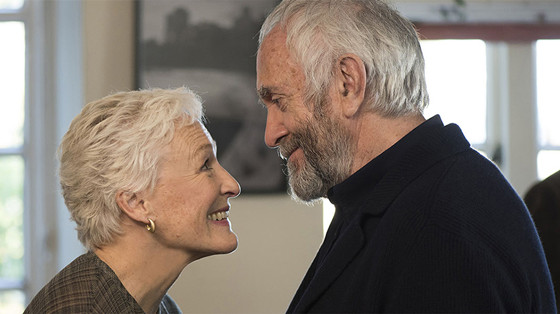
This film is about a Nobel Prize for Literature winner (Jonathan Pryce) who goes to Stockholm to accept the award, and his wife (portrayed by Glenn Close) who follows him blindly throughout the plot. Even though they are a typical American couple, they are not equal. Everything is subordinated to his will, talent, work, and life in general.
The movie raises an important question – how many times has any woman consciously given up on herself so that a man in her life could be satisfied? Regardless of whether it’s a husband, father, or brother – in a social context, it implies that the woman is the one who must sacrifice herself. Silent feminism is something that makes this movie stunning. The idea of sacrifice and hiding the truth in order to keep fake peace is too familiar because of the toxic masculinity promoted through media.
The script is based on the novel of the same name, written by Meg Wolitzer, and this drama was directed by Bjorn L. Runge in 2017. Close’s performance with so many words unspoken, yet felt under the surface, is so delicate and subtle.
The film has many layers, a secret unravelling in front of our eyes, and gives away the feeling of absurdity and despair because of the consciously wasted life. “The Wife,” although visually appealing, leaves a bitter feeling after watching. One’s whole life is wasted due to a love toward man that becomes an existential cage.
4. Flower
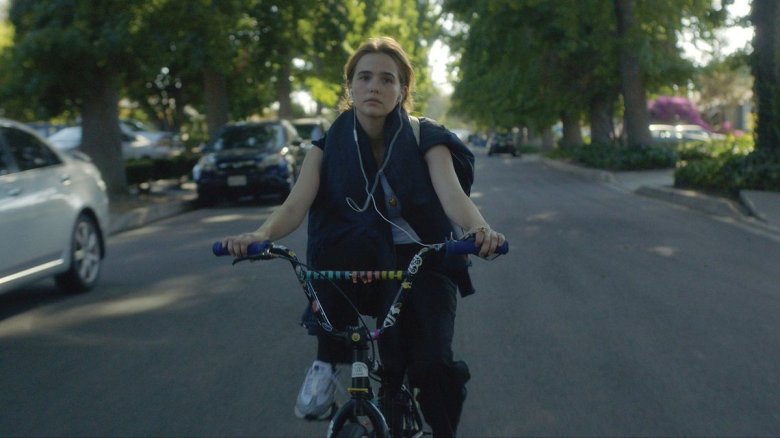
This American coming-of-age comedy-drama from 2017 is directed by Max Winkler. It tells a story about Erica (Zoey Deutch), a teenager who has occasional sex encounters with older men so she can later blackmail them and extort money. She collects money because her father is in jail and she wants to help him get out. She lives with her mother (Kathryn Hahn), whose new boyfriend Bob (Tim Heidecker) comes to move in with his son Luke (Joey Morgan). Luke is emotionally unstable and he develops an implausible friendship with Erica.
Even though “Flower” has some inconsistencies throughout its plot, it has an unexpected beauty in two ways. First, its visual identity is spectacular, considering the color and light. Second, there are emotional scenes in the movie that are deeply and profoundly moving.
The movie is intensely sarcastic, and although that may not have been its primary goal, it has a strong social message. In an almost satirical way, it shows society’s double standards (a police officer who sleeps with a minor) and its detrimental effects on younger generations (Luke has strong panic attacks because of trauma from his past that is not his fault; he accused his teacher of sexual assault).
This movie may not be everyone’s cup of tea, but it spreads a truth, that is for sure. It realistically outlines a teenager’s good intentions, a form of vigilantism, and bad decisions which lead to evident consequences.
5. Equals
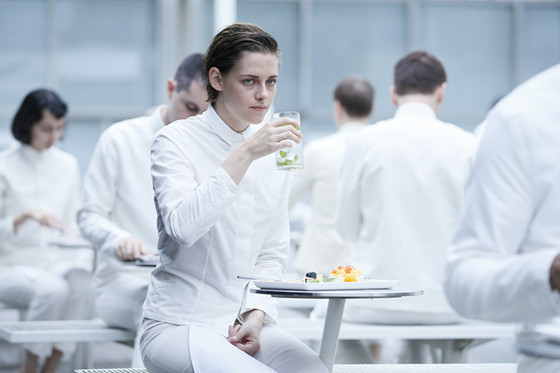
This is a 2015 American science-fiction drama directed by Drake Doremus and stars Nicholas Hoult as Silas, and Kristen Stewart as Nia. The story is set in a futuristic dystopian society, where citizens do not have the ability to feel. They are all monitored by Collective (a body which controls their actions). Silas is one of the citizens, an illustrator for Atmos, who finds out that he is infected by SOS (Switched-On Syndrome), which means that he started to store emotions.
That disease could lead him to suicide, because if not treated, he could develop stage four and detained to institution DEN which no one leaves for life. He starts to develop emotions for Nia, his coworker, who also shows emotional reactions. Soon, they become emotionally involved, both scared of consequences, because any kind of emphatic involvement could lead to their separation or painful treatments in DEN.
The plot of this movie seems to be inspired by George Orwell’s “1984,” with characters who dress the same, talk the same, and have no empathy or compassion for each other. And there are also characters from the other side, who are different and still want to remain humans with emotions, heart, hope, and love.
This movie is not colorful, but yet it succeeds in keeping attention. It is beautifully put together over contrast in the “no-feelings society” and Silas and Nia’s relationship on the other side. The white costumes metaphorically represent the distance and coldness of society. The scenery stunningly represents an idea of how future cities could appear.
This movie did not bring anything new to the table in a cinematographic or artistic way, but there is no doubt that it is worth watching. A marvelous visual representation alongside a love story with its ups and downs that will keep you glued to your seats.